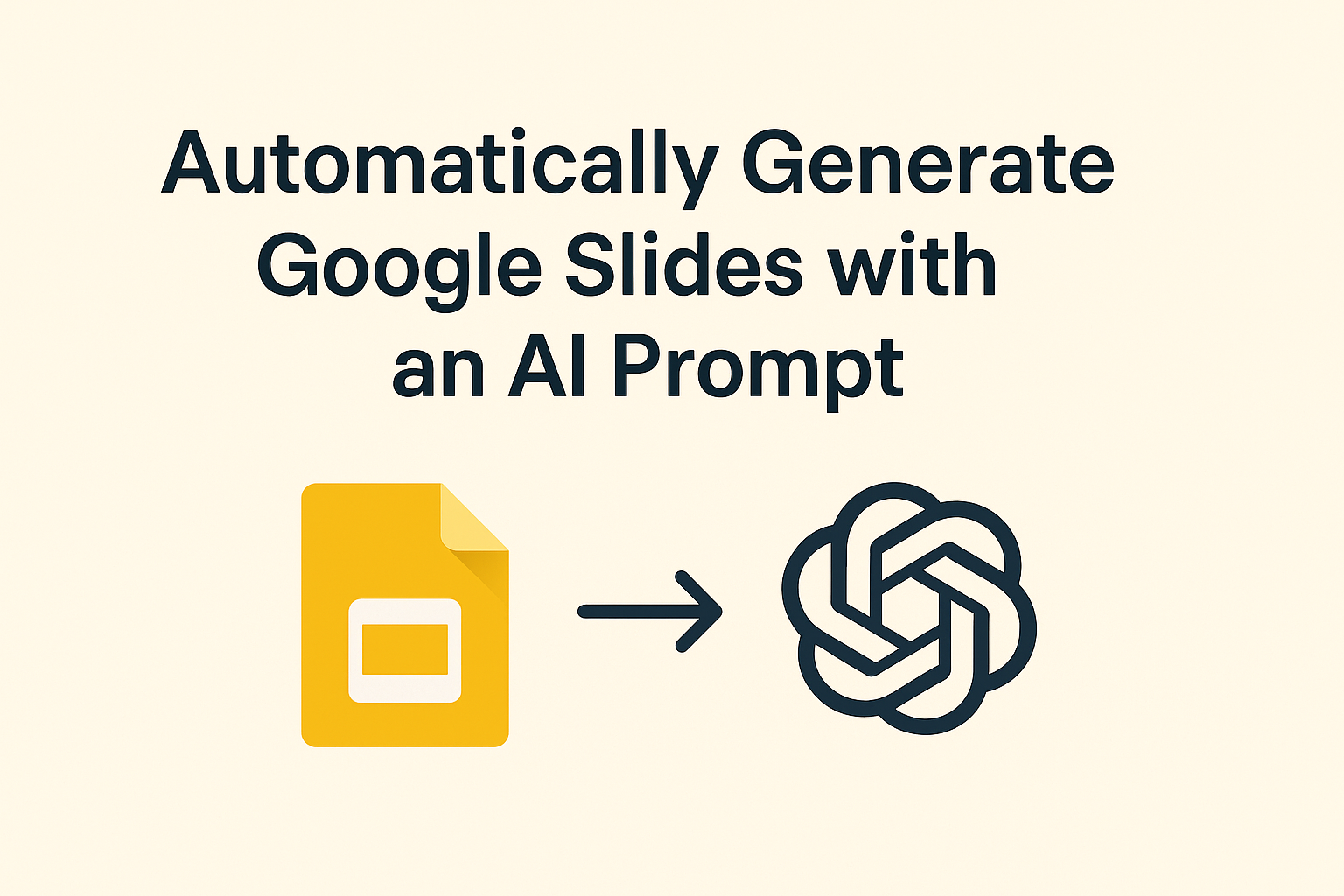I came across a very interesting idea from the author まじん (Majin) on note.com: Original version of the prompt: https://note.com/majin_108/n/n39235bcacbfc Updated and improved version:...
We make services people love by the power of Gen AI.

